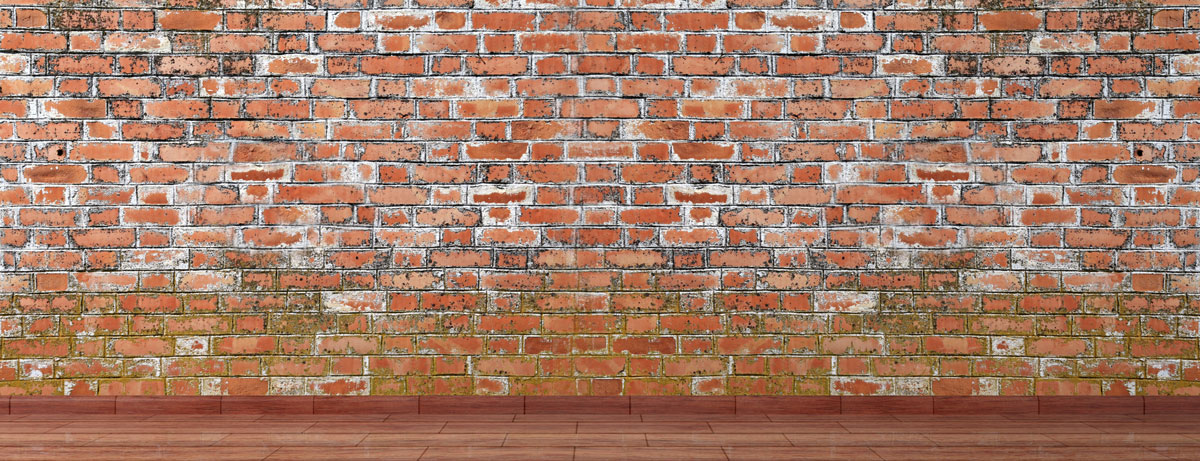Humidity is arguably one of the climatic features that most influences our daily lives, although how it manifests varies from region to region. Whether you live in the tropics where humidity is all-pervasive, or in a desert where the air is constantly dry, you are probably aware that humidity – or lack of it – can affect our day-to-day existence. Understanding the causes of these variations and the different ways they impact our lives is essential to finding effective ways to combat humidity.
This article seeks to explore the different regions of the world and their climates, particularly in terms of humidity and its effects on human health, infrastructure and the environment. We will also consider what we can do to tackle it, looking at case studies from specific regions, highlighting the importance of adapting to climate change and suggesting solutions to mitigate the effects of humidity. So let’s take a deep dive into this complex world and discover what we can do to control humidity, help us improve our quality of life and safeguard the planet.
What causes humidity around the world?
Humidity is a fundamental feature of the climate. It can be present or absent for a number of reasons:
Geographical conditions: Humidity levels can be higher in areas close to oceans, seas, rivers and lakes, as water vapour is constantly being generated by evaporation. Conversely, the further you are from a body of water, the drier the air.
Climate: Equatorial and tropical zones tend to have high humidity as these areas receive direct sunlight. Deserts such as the Sahara, however, have an arid climate with low humidity.
Precipitation: Regions with heavy rainfall have naturally higher levels of humidity, although in coastal regions such as the west coast of the United States, the air may be humid despite moderate rainfall. There, humidity is caused by fog and moisture-laden sea air.
Atmospheric circulation: Prevailing winds, such as the trade winds, carry moisture from one region to another. In the northern hemisphere, trade winds carry moist air to Hawaii, while in the south, the winds affect New Zealand.
Topography also plays a major role. Mountains can trap moisture, creating humid microclimates, whereas valleys can act as traps for heat and drought.
Impacts of excessive humidity
Excessive – or insufficient – humidity can have a wide range of consequences. Those living in areas of high humidity may suffer respiratory problems; their health may also be adversely affected by the presence of mould. Conversely, arid climates can lead to skin complaints and a variety of other issues caused by dry air.
In areas with high humidity, buildings can suffer structural damage, corrosion and mould, while in arid regions, the dryness of the soil can cause cracks to both buildings and roads.
Zones prone to torrential rain can face devastating floods, while arid areas can encounter prolonged drought, affecting water supply and soil fertility.
What can we do to combat humidity?
The question now on everyone’s mind is: what can we do to tackle humidity? Well, there are simple measures we can take to prevent problems setting in, such as insulating and ventilating our homes. Using dehumidifiers, controlled mechanical ventilation systems or polarity inverters in our homes can also help reduce humidity and damp.
The key is to tailor our strategies to the region in which we live. What works in the desert won’t necessarily work near the Equator.
Case study: managing humidity in specific regions
Let’s look at some examples of countries or regions where humidity problems have been managed successfully. The Netherlands is a case in point. Much of the country lies below sea level, but with their ingenious system of drainage, the Dutch manage to keep the water under control.
Technological advances and innovations
Technology is making great strides in the battle against humidity. From water-resistant building materials to devices that dry out moisture in walls, such as the I.P.E® Electromagnetic Polarity Inverter and I.P.G® Geomagnetic Polarity Inverter, there are many innovative ways we can manage damp in our homes.
I hope we’re all now a little closer to understanding how humidity affects different parts of the world, and what we can do to fight it. It’s a challenge for all of us, wherever we happen to live. So the next time humid conditions make you feel uncomfortable, remember you’re not alone, and that there are solutions available to help your home feel warm, comfortable and damp-free. Contact your local BFL® representative to help you in the fight against damp.

